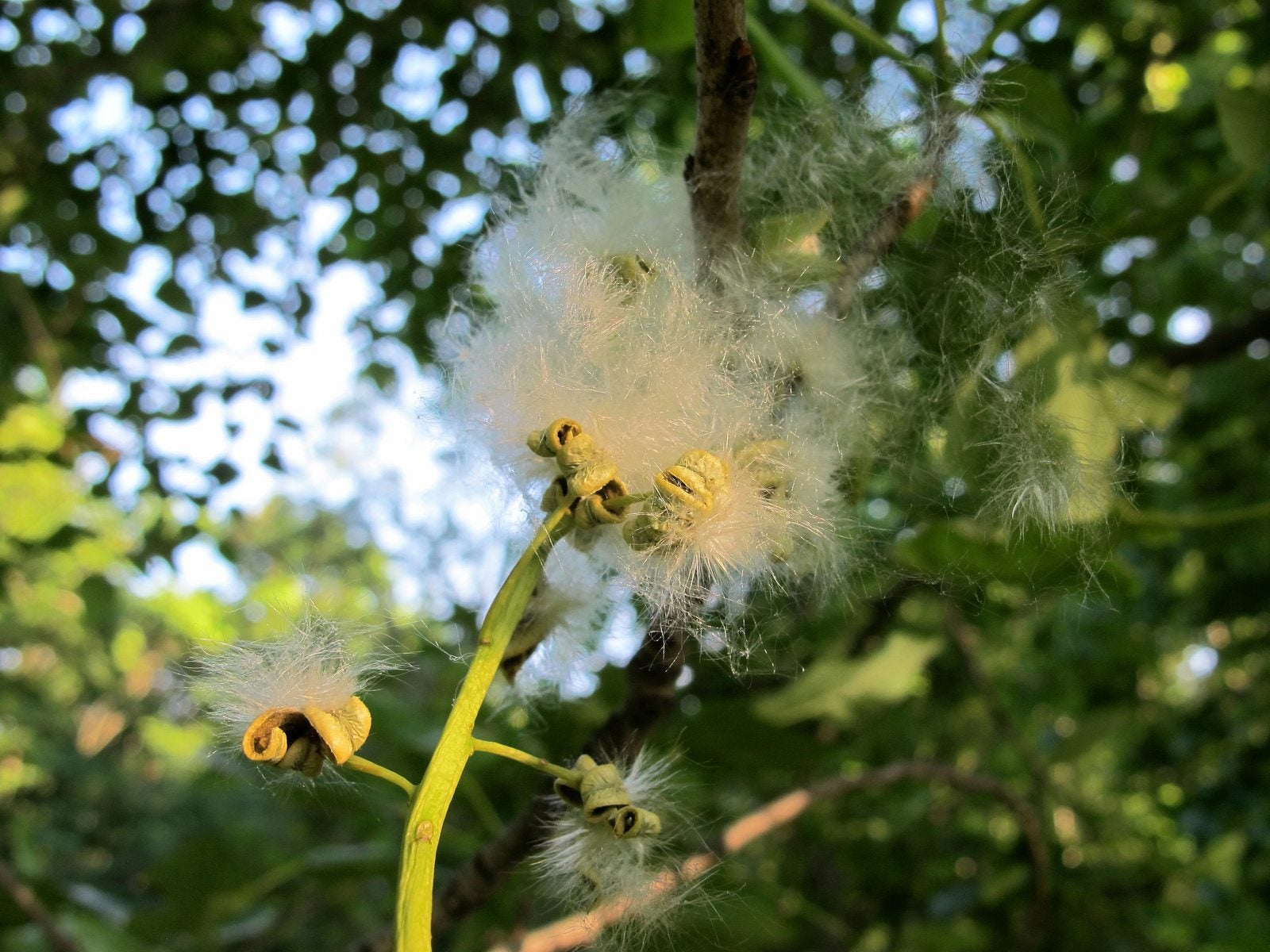Swamp Cottonwood Information: What Is A Swamp Cottonwood Tree


What is a swamp cottonwood? Swamp cottonwood trees (Populus heterophylla) are hardwoods native to the eastern and southeastern America. A member of the birch family, swamp cottonwood is also known as black cottonwood, river cottonwood, downy poplar, and swamp poplar. For more swamp cottonwood information, read on.
About Swamp Cottonwood Trees
According to swamp cottonwood information, these trees are relatively tall, reaching some 100 feet (30 m.) at maturity. They have a single stout trunk that can get to 3 feet (1 m.) across. Young branches and trunks of swamp cottonwood are smooth and pale gray. However, as the trees age, their bark darkens and becomes deeply furrowed. Swamp cottonwood trees bear dark green leaves that are lighter underneath. They are deciduous, losing these leaves in winter. So exactly where does swamp cottonwood grow? It is native to wet areas like floodplain woodlands, swamps, and low areas on the eastern coast of the United States, from Connecticut to Louisiana. Swamp cottonwood trees are also found up the Mississippi and Ohio drainages to Michigan.
Swamp Cottonwood Cultivation
If you are thinking of swamp cottonwood cultivation, keep in mind that it is a tree that requires humidity. The climate in its native range is quite humid, with average annual rainfall ranging from 35 to 59 inches (89-150 cm.), half falling during the tree’s growing season. Swamp cottonwood also requires an appropriate temperature range. If your yearly temperatures average between 50 and 55 degrees F. (10-13 C.), you might be able to grow swamp cottonwood trees. What kind of soil do swamp cottonwood trees prefer? They most often grow on the heavy clay soil, but they do best in deep, moist soils. They can grow in sites too wet for other cottonwood trees, but are not limited to swamps. Truthfully, this tree is rarely cultivated. It doesn’t propagate from cuttings but only from seeds. They are useful to the wildlife that live around them. They are host trees to the Viceroy, Red-Spotted Purple, and Tiger Swallowtail butterflies among others. Mammals also get nurture from swamp cottonwoods. Voles and beavers feed on the bark during winter, and white-tailed deer browse twigs and foliage as well. Many birds build nests in swamp cottonwood branches.
Sign up for the Gardening Know How newsletter today and receive a free copy of our e-book "How to Grow Delicious Tomatoes".

Teo Spengler is a master gardener and a docent at the San Francisco Botanical Garden, where she hosts public tours. She has studied horticulture and written about nature, trees, plants, and gardening for more than two decades, following a career as an attorney and legal writer. Her extended family includes some 30 houseplants and hundreds of outdoor plants, including 250 trees, which are her main passion. Spengler currently splits her life between San Francisco and the French Basque Country, though she was raised in Alaska, giving her experience of gardening in a range of climates.